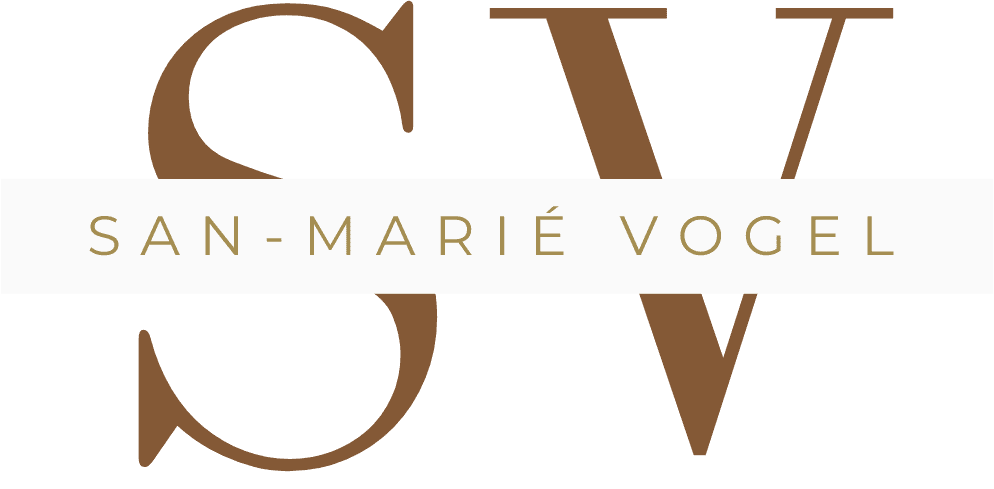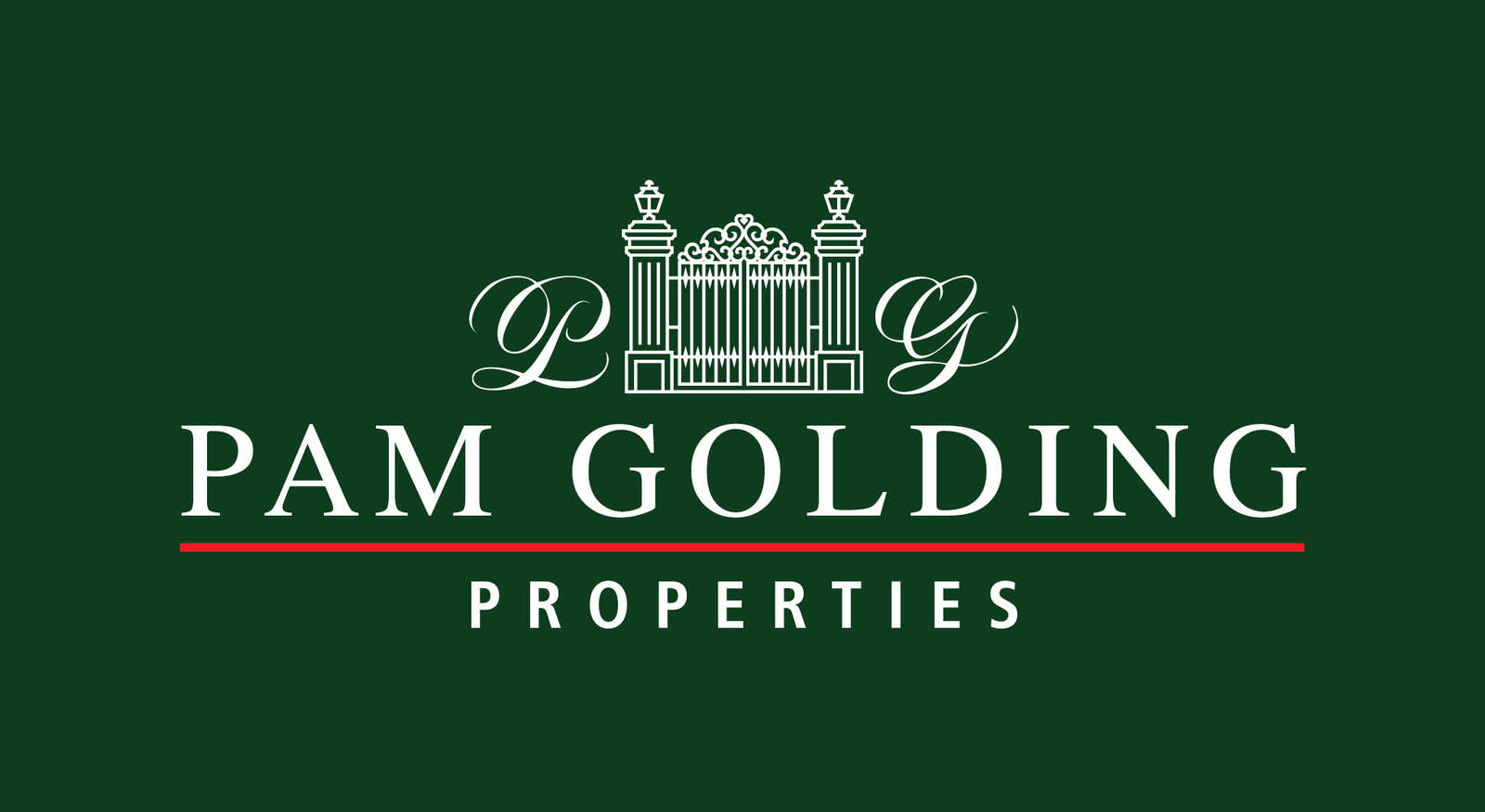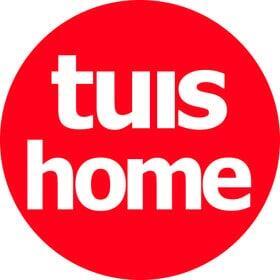Designing a business space can be both challenging and intriguing because there is so much more to this type of project than residential interior. A commercial structure will demand far more in impact and functionality and thus far more to explore before a designer can put creative ideas to paper.
The art of corporate interior design is much more than just colour, logos, matching elements or pictures on the wall. In fact, some businesses are satisfied with even less than that. Poor lighting, a dowdy appearance, shabby carpets can give a drab look to a business – and if people should sense that upon entering your premises, it may negatively affect the impression they gain of your services. Even if you’re top-notch at what you do, it doesn’t matter; how you appear visually to a client is often the way they judge your capability.
In order to design how a desk should fit a space, or computer equipment be neatly accommodated, or where a set of files should be placed for convenience, it’s important to know the detailed functionalities of the various departments; design should cater for the way people interact through meetings, presentations, interviews and collaboration. However, entwined with these functionalities, there should also be clear message regarding the company’s values, purpose and identity.
Firstly, you’ll be flying the corporate colours. These can be weaved into anything from walls to pictures, to furniture, to carpets. But there’s more: there’s the design of the space itself from the ‘factory’ look to modern and streamlined, to an antique look that may be required by a law firm that wants to give the impression of tradition and responsibility in their décor. Each aspect of a design must complement others, while affirming and emphasizing mood, vision and the business strategy.
The art of the business interior
Corporate interior design is the art of balancing aesthetic principles with the functional needs of the company – after all, a business is more defined by its interior than the exterior of the building. Broadly put, the entire purpose of a business is to make money, but sometimes a busy team may overlook the most important aspect of that purpose – and that is the environment in which the business operates.The art of corporate interior design is much more than just colour, logos, matching elements or pictures on the wall. In fact, some businesses are satisfied with even less than that. Poor lighting, a dowdy appearance, shabby carpets can give a drab look to a business – and if people should sense that upon entering your premises, it may negatively affect the impression they gain of your services. Even if you’re top-notch at what you do, it doesn’t matter; how you appear visually to a client is often the way they judge your capability.
Function, fashion and business strategy
A good interior designer should reflect the business goals of their client. Space planning is prime with regard to general workings of the business, such as a boardroom, an accounting department, human resources, sales, etc. But intrinsic to the right look for the company is the way interior designer incorporates their goals, vision and principles.In order to design how a desk should fit a space, or computer equipment be neatly accommodated, or where a set of files should be placed for convenience, it’s important to know the detailed functionalities of the various departments; design should cater for the way people interact through meetings, presentations, interviews and collaboration. However, entwined with these functionalities, there should also be clear message regarding the company’s values, purpose and identity.
Firstly, you’ll be flying the corporate colours. These can be weaved into anything from walls to pictures, to furniture, to carpets. But there’s more: there’s the design of the space itself from the ‘factory’ look to modern and streamlined, to an antique look that may be required by a law firm that wants to give the impression of tradition and responsibility in their décor. Each aspect of a design must complement others, while affirming and emphasizing mood, vision and the business strategy.
Employee productivity
It’s a good idea to remember that your corporate interior design is not only important to visitors but also extremely influential with regard to your employees.- Your design can ultimately affect the productivity of your staff.
- Natural lighting has been shown to be highly beneficial to workers. So if you have the opportunity to enhance natural window light, then that would be a great way to go. If there’s a view out there, even better!
- Employees who feel trapped in their environment will constantly seek reasons to escape on smoke breaks, coffee breaks, or by magically disappearing for long periods. All of this affects productivity.
- Clever design that makes people feel better, calmer and more focused and motivated will contribute effectively to a better overall work ethic.
Key tips to changing your look
- Lighting: The design of the lighting must provide good visibility, as well as blending with the design concept and furnishings. Use colour only where it might be at its most enhancing and inviting. Natural lighting wherever possible, remains your best choice to reduce the harsh effect of fluorescent lighting so beloved of modern offices.
- Creating zones: It’s important to segment areas within your office – either using a plan of individual offices or cubicles, or attending to the problems of open plan. Reception areas, meeting rooms, workspaces focused on different types of work should be differentiated. Breaking away from traditional screens, you can use couches, bookcases and even rugs to create different areas within the wider office space. Zones create interest and engagement, and alleviate the boredom that open planning can produce.
- Plants: These can act to break up space, contributing to you zone plans. Plants can create greater privacy between areas. They also make people more relaxed and add a more homely atmosphere to an office. They are proven contributors to better air quality and thus good for people’s health, concentration, creativity and alertness.
- An accent wall: Using colour on one wall can be most effective in avoiding a bland look. While the wall can carry your logo, using it to make a statement about the company’s product or services, values or social responsibility is a good way to go. Using the walls in this way, can be valuable in promoting your business message – bringing your branding into the interior design with impact and flourish.


